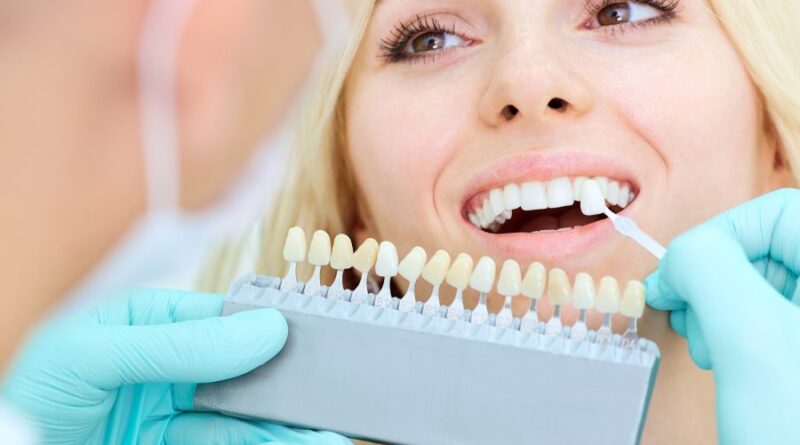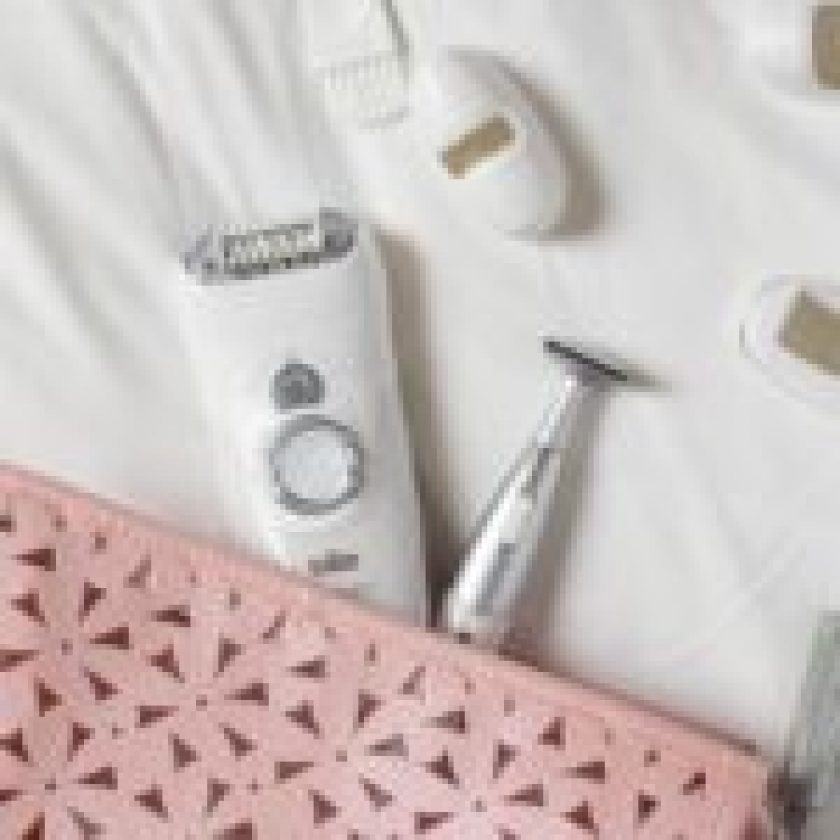Teeth are central to the aesthetics of a smile. However, the perfect smile is elusive for most people, primarily due to tooth discolouration.
Extrinsic, intrinsic and age-related discolouration describe the three categories of tooth discolouration. Extrinsic discolouration primarily affects the enamel caused by certain beverages, food and tobacco. Medication, tooth decay and genetics are responsible for intrinsic tooth discolouration.
Considering how prevalent tooth discolouration is, it’s not surprising that misinformation surrounds the management. Over the counter and homemade remedies are popular options. However, there is a lot you need to know before you spend money on over the counter whitening.
What’s in over the counter whitening products?
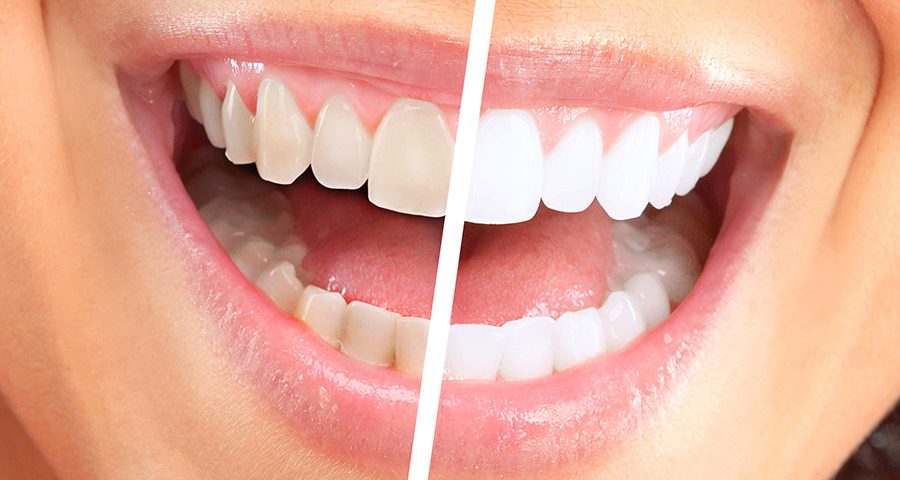
source: cliniquedentairebellerive.com
Over the counter whitening products have essential ingredients. Sodium bicarbonate, sodium chloride, citric acid and methanol are the most common components. Although they sound complex, these compounds are in many household products; bicarb soda, mint flavouring, and lemon juice.
Most of the ingredients have a high pH which is ideal for bleaching agents. Unfortunately, the process of whitening teeth is not similar to bleaching surfaces.
Hydrogen Peroxide is the primary compound found in prescription tooth whitening products. It can penetrate teeth to break down pigments that cause discolouration. The compound is a weak acid but has profound effects on teeth.
The success of tooth whitening relies on the application of hydrogen peroxide in optimum concentrations. When the compound is too dilute, there is little effect on the enamel. On the other hand, a concentrated solution causes acidic erosion of teeth.
Dental whitening products are designed to meet specific chemical requirements that are safe and effective. As a result, professional directives are necessary to achieve the desired effect and preserve healthy tissue in the oral cavity.
Why over the counter products are dangerous?

source: gittlemandental.com
There is no clear cut way to tell the concentration of chemical compounds in most over the counter products. Consequently, you are either at risk of tissue damage or ineffective application.
Tooth whitening products are responsible for oral blistering, chemical burns, damage to oral nerves and gum shrinking.
Some products have strong acids and bases that can cause chemical erosion in the throat. The immunity within the oral cavity is also compromised, leaving the tissues vulnerable to infections.
How to get the white teeth you desire
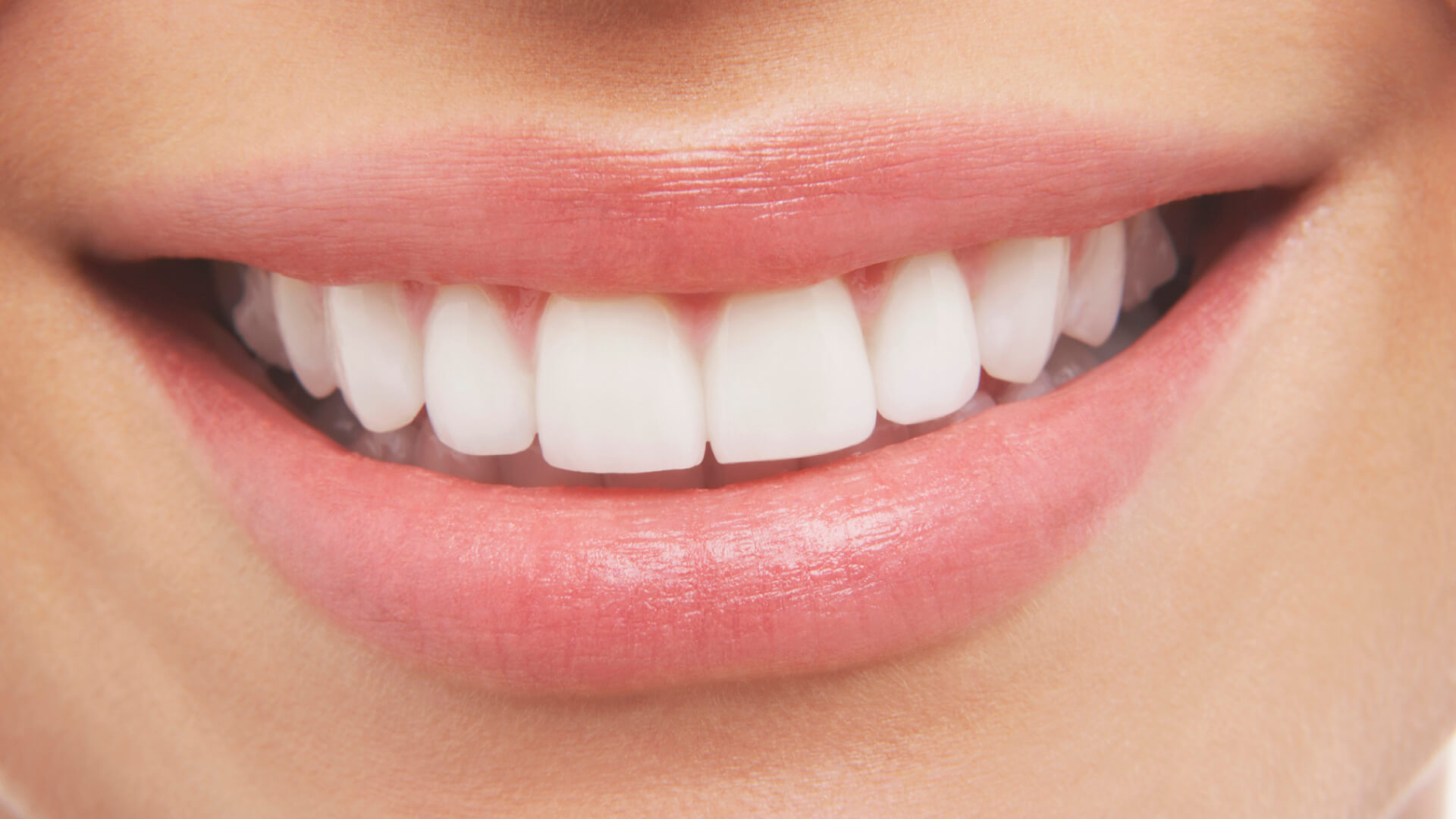
source: pinterest.com
Tooth whitening is simple; you only need an expert to guide you through the process. If you aren’t comfortable using whitening products at home, you can book a tooth whitening appointment with your dentist or dental hygienist.
However, if you want to do it yourself, your dentist can tell you how. You only need to book an appointment to start the process.
After a quick assessment, your dentist will guide you on which product to use. You will also receive instructions on how much whitening solution to use and the duration. An individualised approach is the most effective way to restore white teeth since discolouration varies across people.
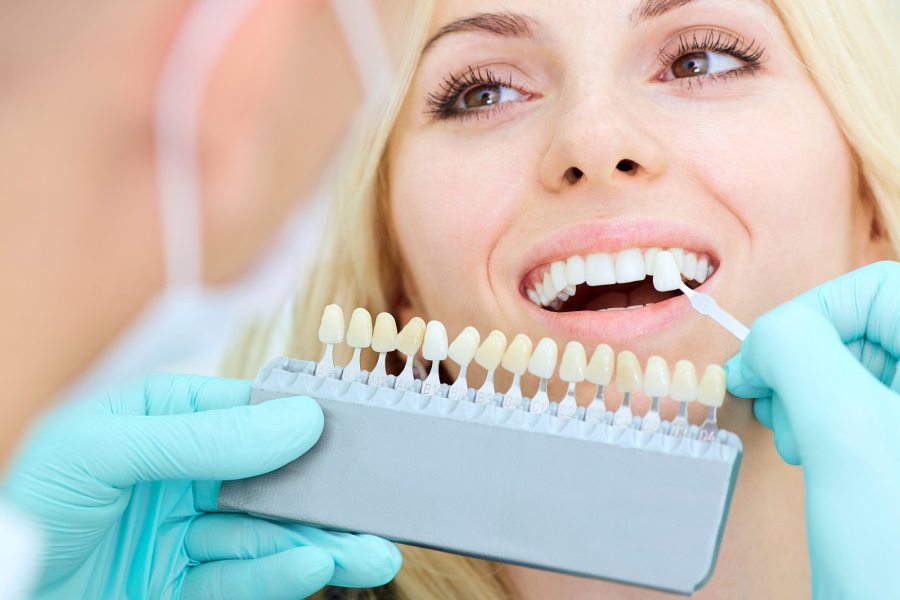
source: vivadentalstudio.co.uk
Moreover, the pre-existing oral disease may guide the dosage of whitening products. Your dentist will also advise on whether you will benefit from whitening products or thorough cleaning based on the extent of discolouration.
It’s important to note that not all cases of tooth discolouration respond well to whitening products. Therefore, professional advice is mandatory before initiating the whitening process.
There are several options for tooth whitening products. Although over the counter options are cheaper and more accessible, they are not as effective as you think.
Visit your dental clinic in Bentleigh East and start your journey to whiter, brighter teeth. If you are going to do it, it’s best to do it well. Visit Live Enhanced for more ideas.

